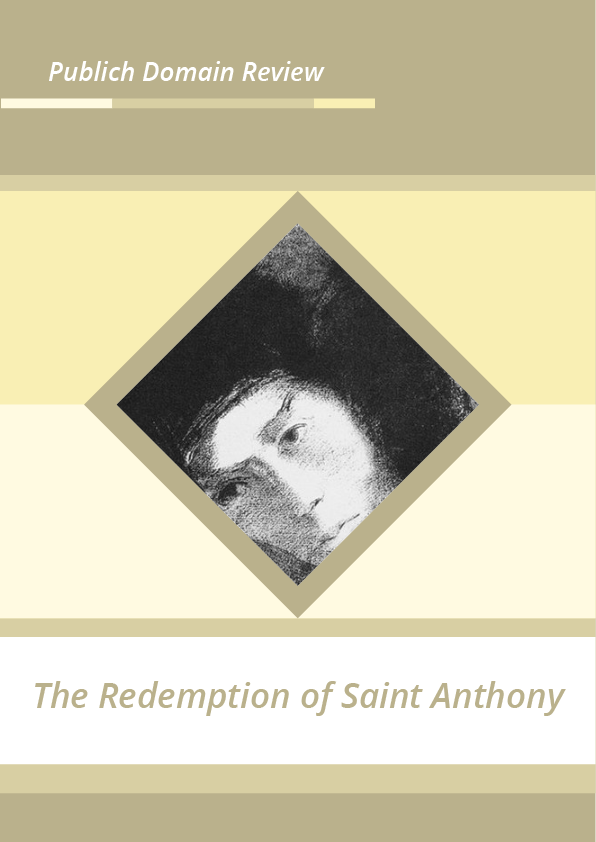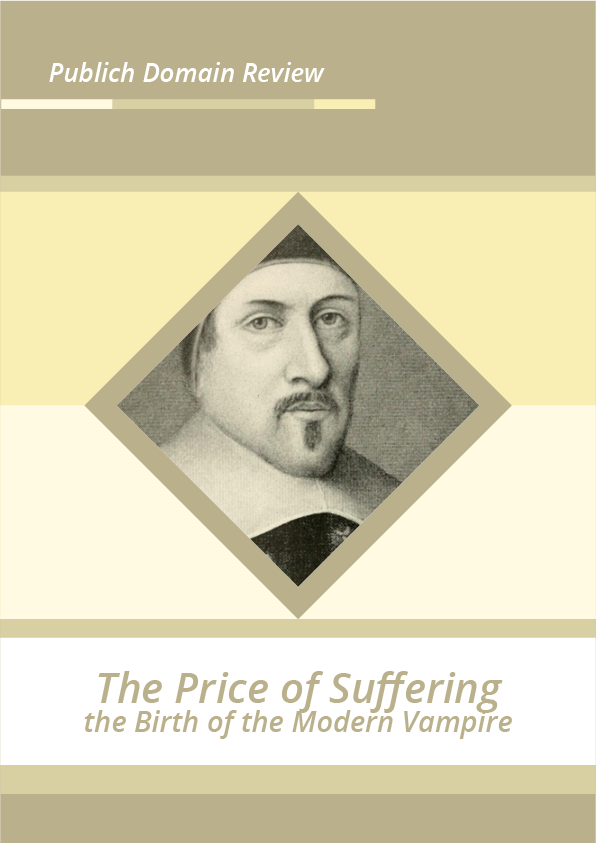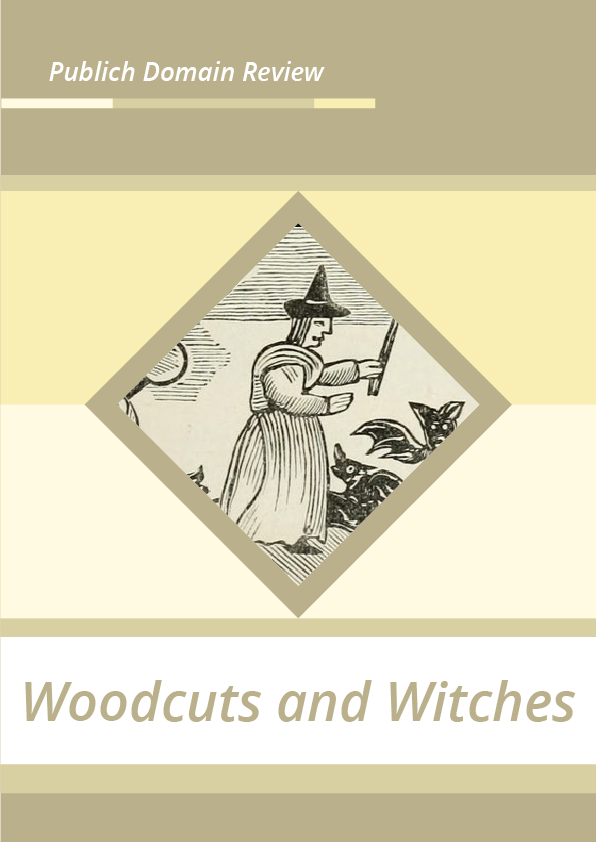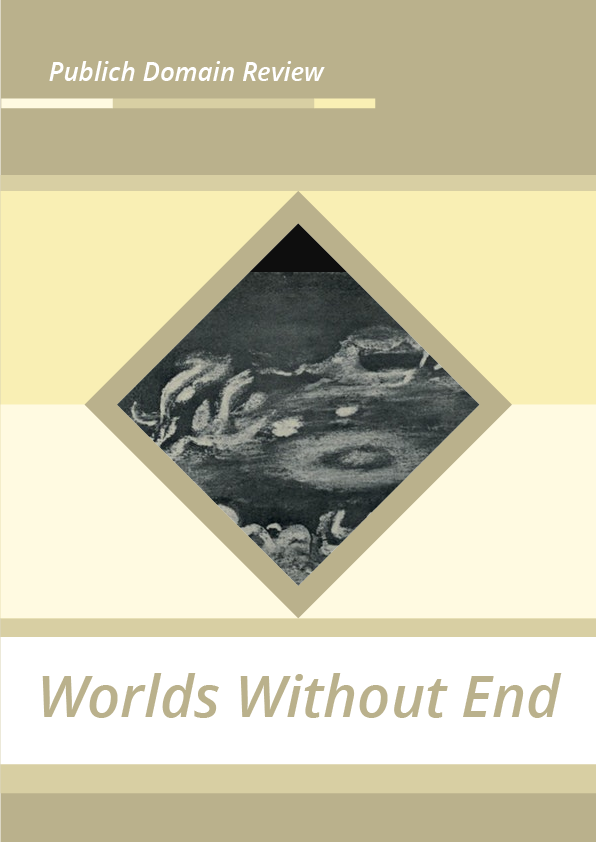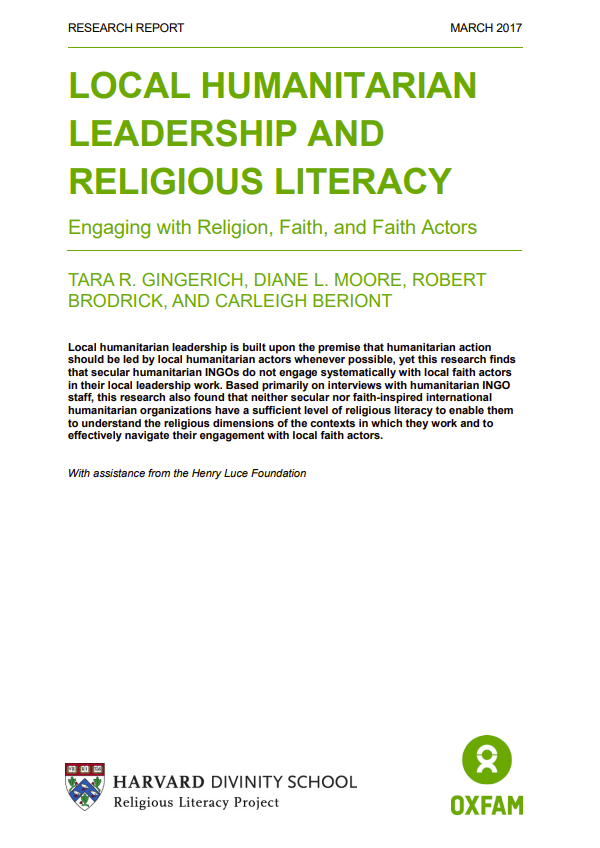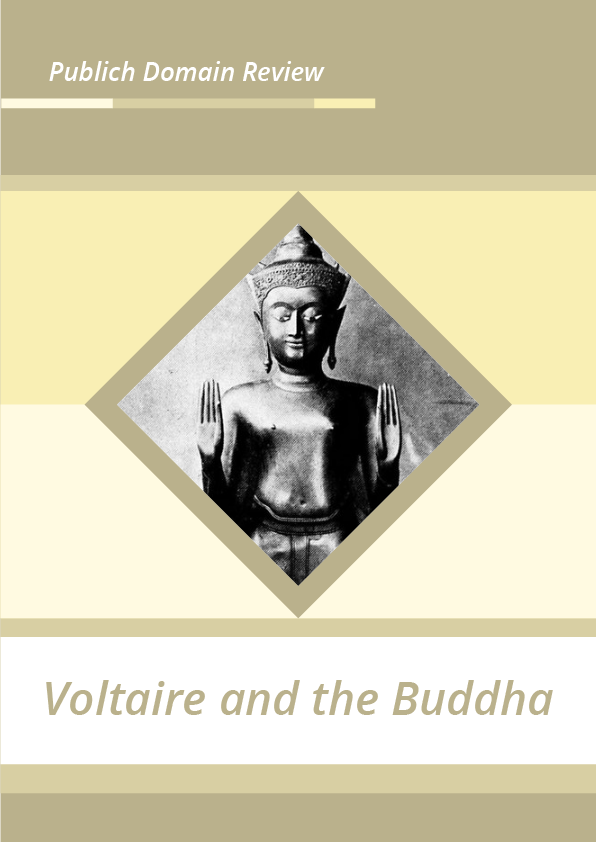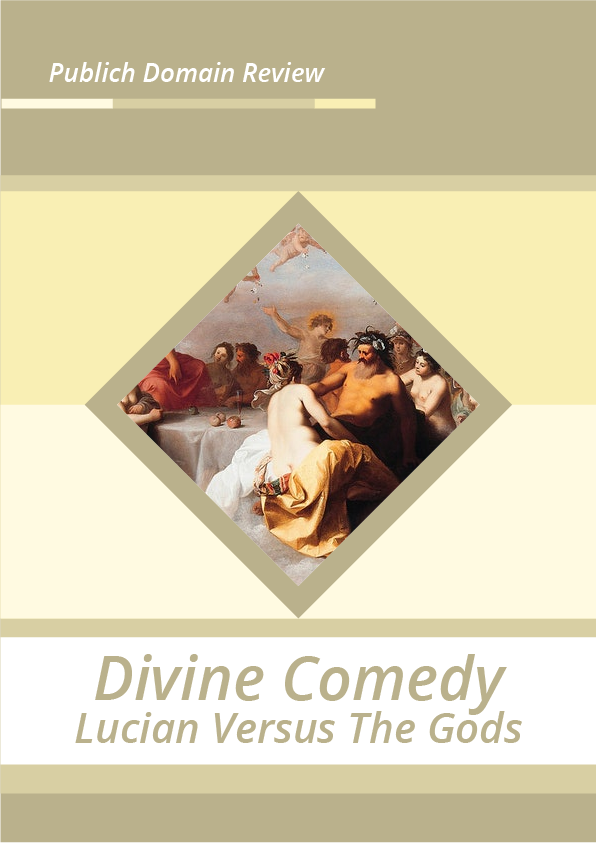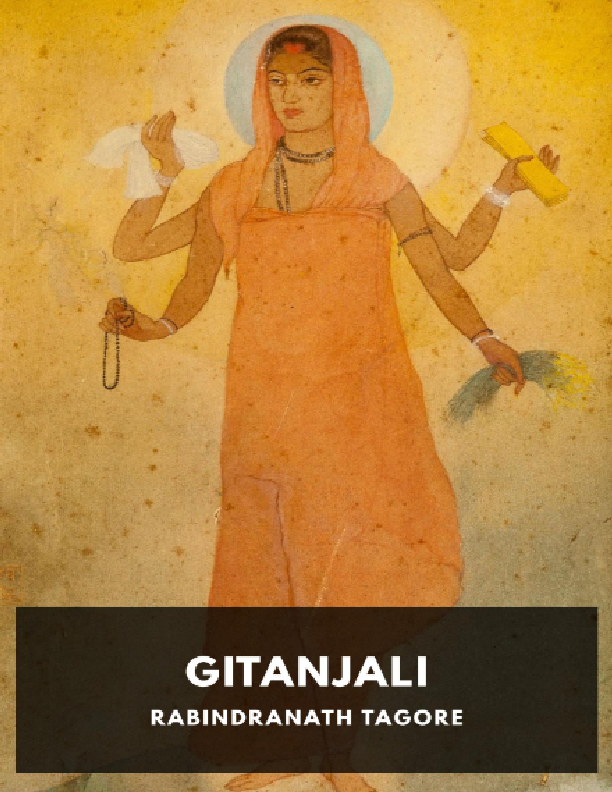Gustave Flaubert, best known for his masterpiece Madame Bovary, spent nearly thirty years working on a surreal and largely ‘unreadable’ retelling of the temptation of Saint Anthony. Colin Dickey explores how it was only in the dark and compelling illustrations of Odilon Redon, made years later, that Flaubert’s strangest work finally came to life.
In the fall of 1849, Gustave Flaubert invited his two closest friends—Louis Bouilhet and Maxime du Camp—to hear a reading of what he believed was to be his masterpiece: a retelling of the temptation of St. Anthony. The 30 year-old writer had been working on it for four years, and he was excited to finally share it with the two men whose opinion he trusted more than anyone else. Bouilhet and du Camp were likewise excited; they both knew of his extraordinary potential, and were anxious to hear this masterwork that had so fully consumed him. He read the entire five hundred and forty-one pages straight through: eight hours a day in uninterrupted four-hour blocks of time, for four solid days. Bouilhet and du Camp would later remember it as the most painful days in their lives, as they listened to an endless morass of words that was alternately incomprehensible, banal, repetitive and childish. After it was over, they did their best to put a good face on it, and to let him down easy; Bouilhet, with as much tact as he could muster, told Flaubert simply, “We think you should throw it into the fire and never speak of it again.”
Instead of continuing to work on the Temptation, they challenged him instead to write something completely devoid of romanticism and symbolism—something instead minutely detailed, objectively reported, as in the vein of Balzac. And so Flaubert wrote Madame Bovary, the book that changed not only his life but changed forever contemporary literature—and which, one could say, was the result of something crossed between a dare and a punishment.
And still, Flaubert never gave up on the Temptation. He rewrote it three times over the course of his life, spending close to three decades trying to get it right, finally publishing it in 1874. Even as he was writing Sentimental Education, Salammbô, and Bouvard and Pécuchet, he never forgot it, and yet it cannot begin to compare to those other works. The Temptation was the ghost lingering behind all of Flaubert’s better works; in the words of Michel Foucault, “The Temptation seems to represent Flaubert’s unattainable dream: what he wanted his works to be — supple, silky, delicate, spontaneous, harmoniously revealed through rapturous phrases — but also what they must never be if they were to see the light of day.” It became the thing he returned to time and time again, always the antithesis of his great writing, and it stood in stark opposition to the works by which he is now mostly known. “Suspended over his entire work,” Foucault writes, “it is unlike all his other books by virtue of its prolixity, its wasted abundance, and its overcrowded bestiary; and set back from his other books, it offers, a photographic negative of their writing, the somber and murmuring prose which they were compelled to repress, to silence gradually, in order to achieve their own clarity. The entire work of Flaubert is dedicated to the conflagration of this primary discourse: its precious ashes, its black, unmalleable coal.”
Colin Dickey is the author of three books of nonfiction, including, most recently, Ghostland: An American History in Haunted Places. He co-edited (with Joanna Ebenstein) The Morbid Anatomy Anthology, and he is a member of The Order of the Good Death. His next book, The Unidentified: Mythical Monsters, Alien Encounters, and Our Obsession with the Unexplained, is forthcoming in Summer of 2020.
